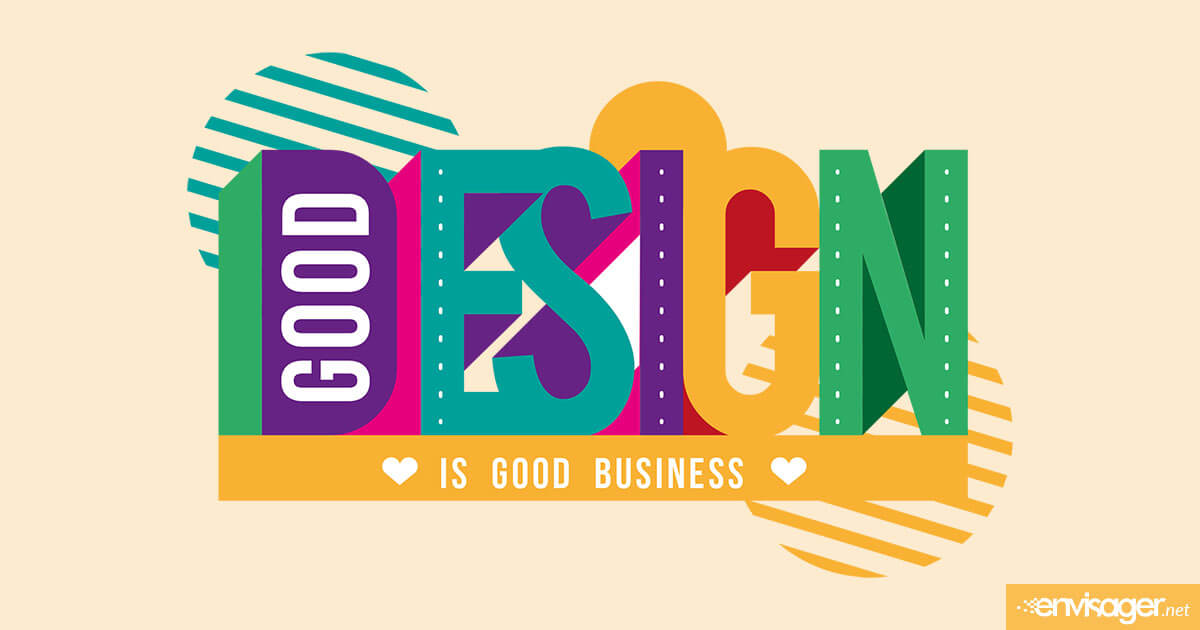5 Principles Of Good Website Design

A good website design should fulfill its intended purpose by engaging visitors and conveying its core message. Several factors such as consistency, typography, functionality, and color contribute to an effective website design.
There are many key factors that will contribute to how a website design will be regarded. A good website design can encourage visitors to take action and help build trust. Creating an optimal user experience involves how easy it is to use (functionality. And making sure it’s optimized for usability (aesthetics and form).
Consider the below guidelines when planning your next web project.
Basic Principles Of Good Website Design

1. Website Purpose
Your website should oblige the needs of the user. With a clear intention on all pages, users can better interact with what you have to offer. What is the purpose of your website? Are you providing online beauty courses? Is it home improvement website like remodeling or are you selling products to users? While there are lots of different purposes that websites can have, there are fundamental purposes common to all websites:
- Detailing Expertise
- Building Your Reputation
- Generating Marketing Opportunities
- Sales and After Care

2. Navigation For Good Web Design
To ensure a good web design, the website must contain a navigation. It is the routing system on websites used by visitors to find what they are looking for.
If the website navigation is confusing or nonexistent, visitors will give up and find what they need elsewhere. But the key is keeping the navigation consistent on every page. Obviously, a website that doesn’t have a navigation is not an effective website design.

3. Load Time
No one wants to wait 5 seconds for a site to load and you will lose visitors. In fact, web visitors expect a site to load in 2 seconds or less. Generally speaking, if your site has not loaded in 3 seconds, they will leave. Slow loading websites are effected by many elements. For instance, poor hosting services, non-optimized images, bloated code, and more. There are many places online where you can optimize your images before uploading them to your website. The point is, don’t take a good website design and make it bad by having images that slow down your site.

4. F-Shaped Pattern Reading
Users read in a horizontal movement; left to right for the United States. This is also the most common pattern for how users scan content on web pages. And what they see is in the top and left areas of their device screen. For this reason, an effectively designed website works with a reader’s natural pattern of scanning the page.

5. Grid Based Layout
For good web design, getting the page layout right is critical. It is also a consistent attribute of clean website design. A grid based layout employs structure as well as content organization. In essence, it dictates the scale and placement of the elements. Because it arranges content into columns and sections, everything lines up. In addition, everything looks balanced which results in an aesthetically pleasing website.
Our expert WordPress web design team will breathe life into your website, telling your story with beautiful visuals. Get in touch to find out how we can help you.

Dr. Amelia Davis
WEB DEVELOPMENT DIRECTOR
Dr. Amelia Royster-Davis is a Doctor of Education and an Instructional Designer. As the Director of Web Development at Envisager Studio, her primary focus is to lead the web development team in building modern, responsive websites. In her spare time, she writes about web development, UI and UX.


